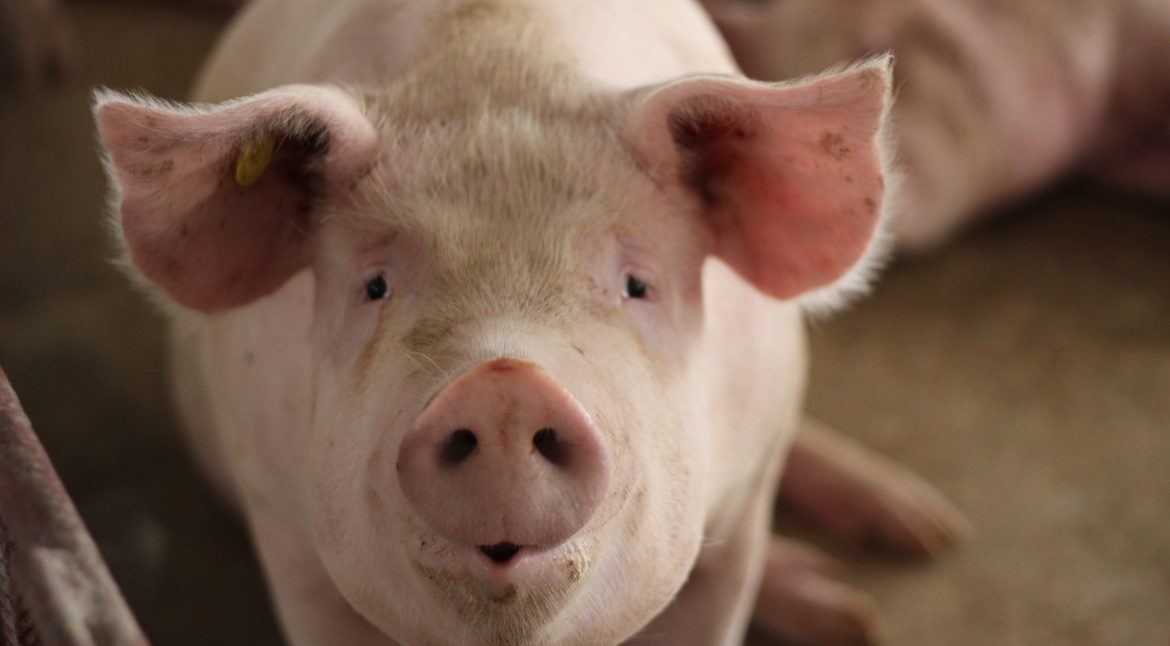The intense nature of pig production has increased the animals’ exposure to stressful conditions, which may be detrimental to their welfare and productivity. Some of the most common sources of stress in pigs are extreme thermal conditions (thermal stress), density and mixing during housing (social stress), or exposure to pathogens and other microorganisms that may challenge their immune system (immune-related stress). The stress response can be monitored based on the animals’ coping mechanisms, as a result of specific environmental, social, and health conditions. These animal-based indicators may support decision making to maintain animal welfare and productivity. The present study aimed to systematically review animal-based indicators of social, thermal, and immune-related stresses in farmed pigs, and the methods used to monitor them. Peer-reviewed scientific literature related to pig production was collected using three online search engines: ScienceDirect, Scopus, and PubMed. The manuscripts selected were grouped based on the indicators measured during the study. According to our results, body temperature measured with a rectal thermometer was the most commonly utilized method for the evaluation of thermal stress in pigs (87.62%), as described in 144 studies. Of the 197 studies that evaluated social stress, aggressive behavior was the most frequently-used indicator (81.81%). Of the 535 publications examined regarding immune-related stress, cytokine concentration in blood samples was the most widely used indicator (80.1%). Information about the methods used to measure animal-based indicators is discussed in terms of validity, reliability, and feasibility. Additionally, the introduction and wide spreading of alternative, less invasive methods with which to measure animal-based indicators, such as cortisol in saliva, skin temperature and respiratory rate via infrared thermography, and various animal welfare threats via vocalization analysis are highlighted. The information reviewed was used to discuss the feasible and most reliable methods with which to monitor the impact of relevant stressors commonly presented by intense production systems on the welfare of farmed pigs.

Autores: Raúl David Guevara, Jose J. Pastor, Xavier Manteca, Gemma Tedo, Pol Llonch
Libro/Revista: PLOS ONE
